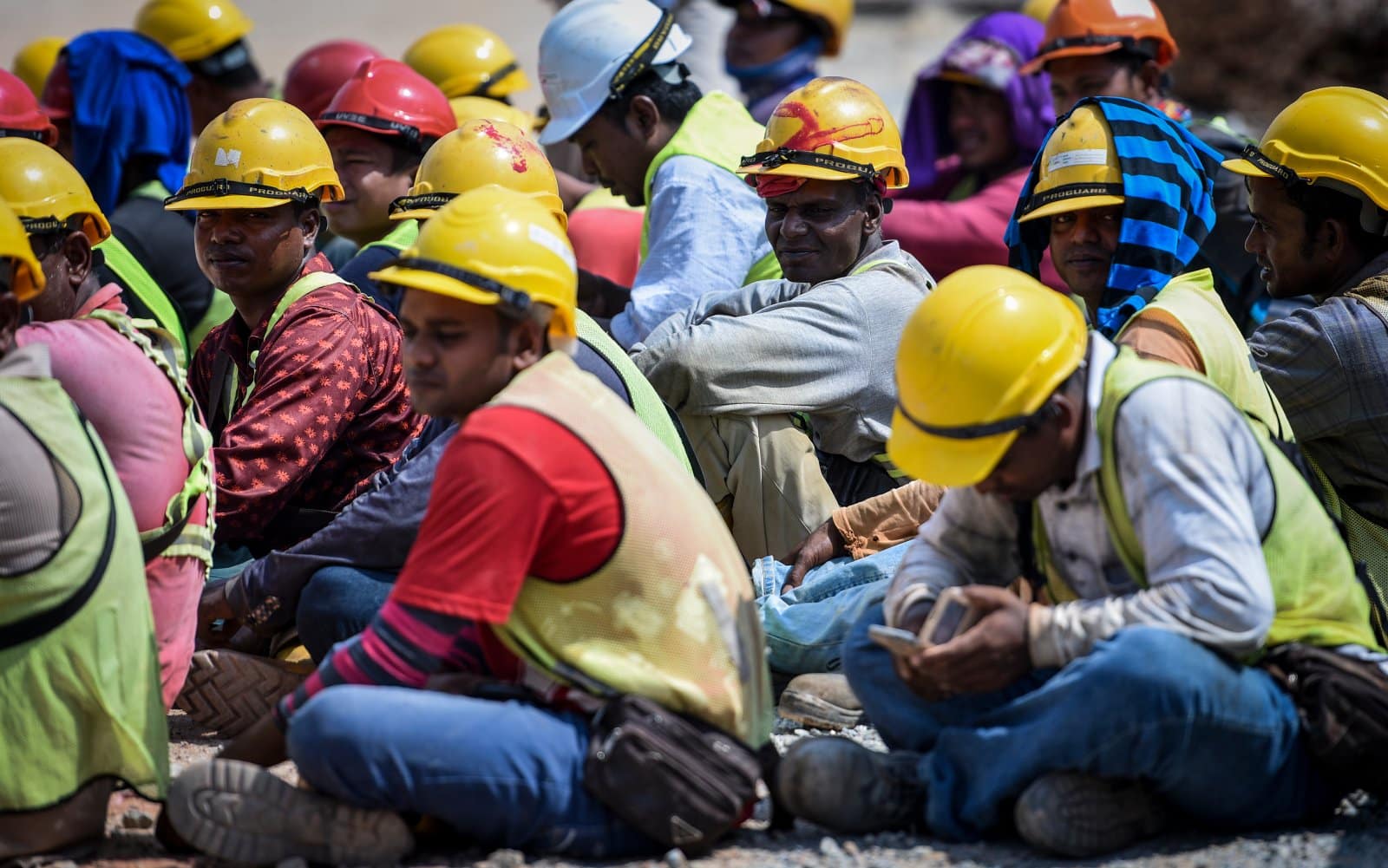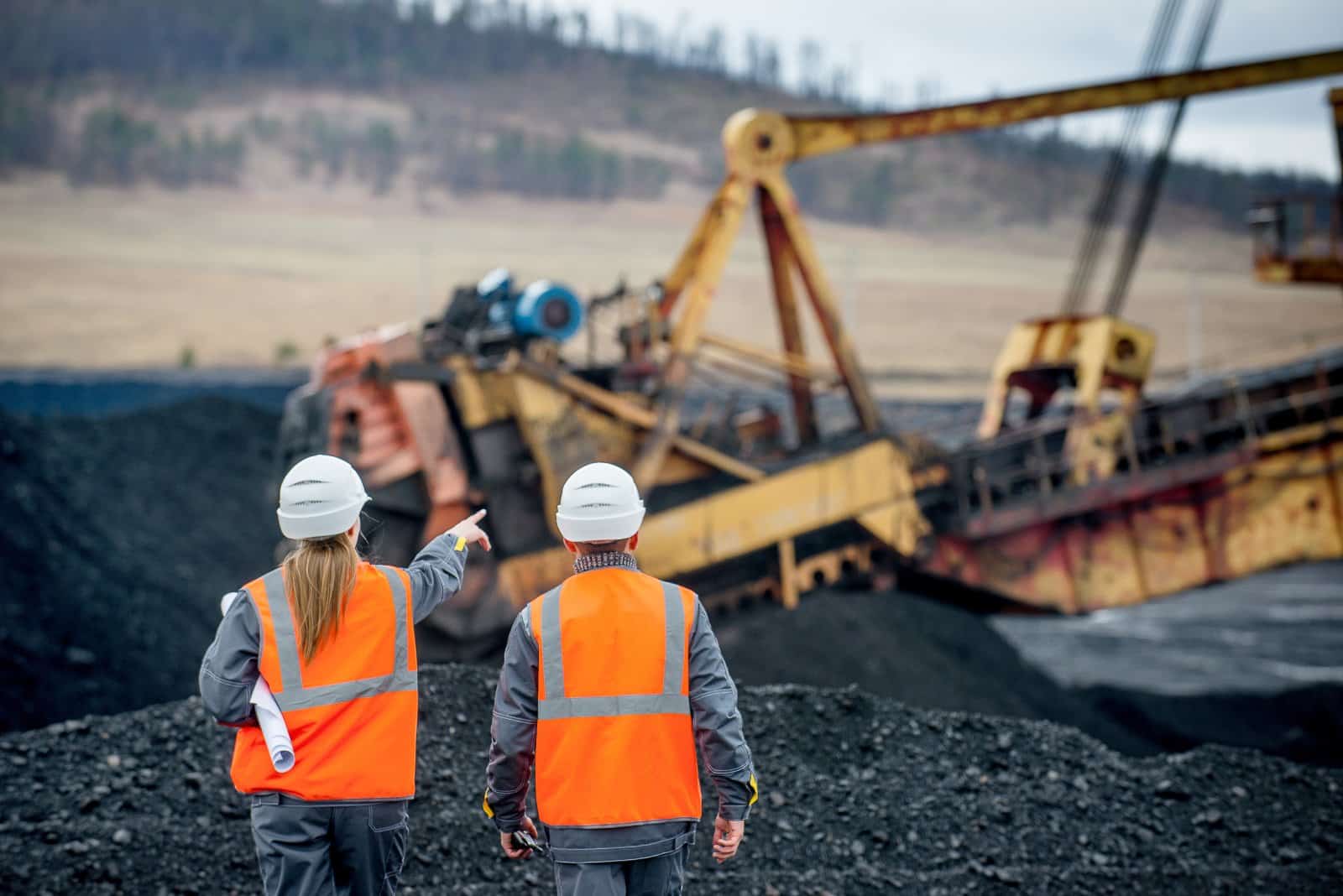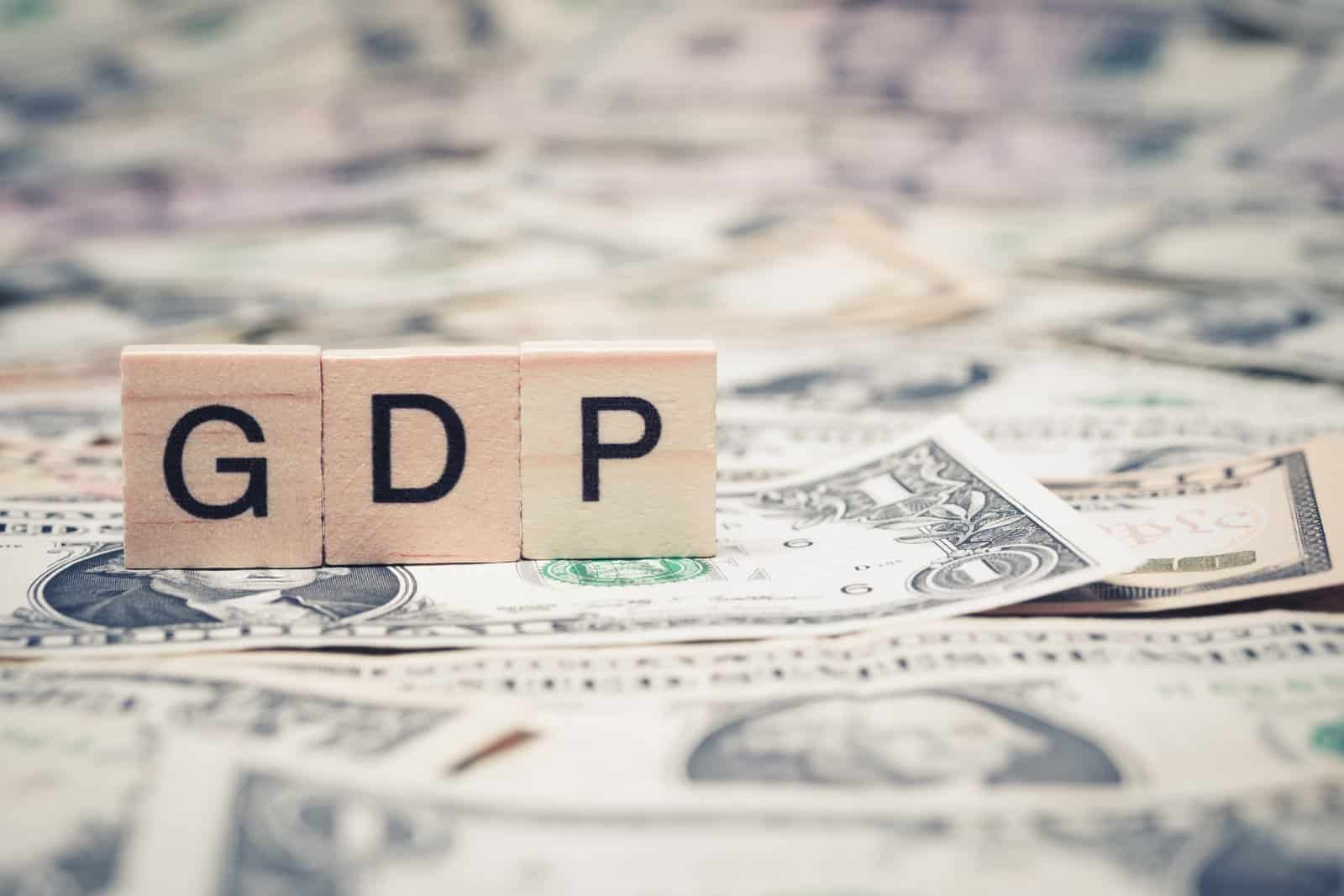Last month, the United States saw a strong job increase, with 303,000 new payrolls added. Despite fears about rising prices, the influx of immigrants has helped keep prices stable by meeting the demand for workers without significantly raising wages.
Immigration and Labor Force Growth

Experts say the surge of immigrants after the pandemic has expanded the workforce, allowing the economy to grow without overheating.
The Congressional Budget Office predicts the labor force will grow significantly by 2033, mainly due to higher net immigration.
Labor Market Dynamics

Even with many new jobs, measures of labor market tightness like wages have stayed the same or decreased.
This suggests that businesses can meet demand without raising wages significantly, thanks to the availability of immigrant workers.
Impact on Inflation

Rising immigration has a small effect on inflation, with experts deeming it “mostly neutral.”
Immigrants who can work in the U.S. create more demand for goods and services while providing labor, thus balancing out inflationary pressures.
Wage Growth Trends

Despite the creation of new jobs, the average hourly pay has declined. This indicates a balance in the supply and demand for workers, preventing excessive wage growth that could drive inflation higher.
Beneficial Effects of Immigration

Aside from immigration helping the economy grow, it also helps support programs like Social Security and Medicare. Immigrants contribute to consumer spending and tax revenues, which are vital for a healthy economy.
Political and Social Debate

Immigration has become a hot topic in politics, with the Republican party advocating for tighter border control. However, it’s important to note that most immigrants have permission to work, and they help the economy grow by increasing demand for goods and services.
Economic Impact of Immigrants

Foreign-born workers make up a large part of the U.S. workforce, and their numbers have steadily increased over the years. They contribute to economic output and consumer spending, taking pressure off the economy and aiding its recovery and growth.
Policy Implications

The contentious debate about immigration policies, like calls for stricter border security, shows how hard it is to manage the migrant influx. Balancing economic benefits with social and political concerns is complex for policymakers.
Diversity in Immigration

Many immigrants have different cultures and experiences, which enriches the nation’s culture and brings fresh perspectives and talents to the workforce.
What Does Resilience Mean?

People who move to a new country show strength and adjust well to changes in jobs and daily life. This ability helps communities grow stronger.
Accepting different cultures brings people together and creates a culture of inclusion and mutual respect.
Immigration Dynamics and Economic Impact

In 2023, workers born outside the United States made up 18.6% of the workforce, which was higher than 15.3% in 2006.
Higher immigration helped reduce economic stress and led to a 2.5% growth in the GDP in 2023. The upward trend in immigration presents opportunities as well as challenges for policymakers.
International Perspectives

Laws and trends about immigration in the U.S. draw attention from around the world. They shape perceptions of economic opportunities and societal dynamics.
The U.S. is a model for managing immigration and influencing laws and practices worldwide.
Dealing With Changes In Population

The native-born population is experiencing declining birth rates and is getting older. Immigration is necessary to keep the workforce growing over time.
Without immigration, the U.S. would likely have a shrinking population, which would put more strain on social programs.
Challenges and Strains

Immigration brings economic benefits, but it also causes challenges. This is especially true for state and local governments because they must provide for new arrivals.
Careful policy planning is required to ensure public resources and infrastructure aren’t strained.
Congressional Budget Office Projections

The Congressional Budget Office expects immigration to be the only factor driving population growth by 2040.
This highlights how vital immigration is to addressing demographic challenges and sustaining economic growth.
Social Program Support

Immigration boosts tax revenues needed for social programs. As the baby boomer generation retires, immigrants help fund these programs. Their contributions ensure financial stability for future generations.
Harnessing Immigrant Entrepreneurship

Immigrants often start businesses and create jobs, boosting economic dynamism. Helping immigrant entrepreneurs access capital, mentorship, and business incubation programs can further tap their potential as drivers of innovation and growth.
The post How Immigration Is Powering America’s Economy first appeared on Wealthy Living.
Featured Image Credit: Shutterstock / Kichigin.
The content of this article is for informational purposes only and does not constitute or replace professional financial advice.





